Advancements in Motor Technology
Technological innovations are playing a pivotal role in shaping the Automotive Induction Motor Market. Recent advancements in materials and design have led to the development of more compact and lightweight induction motors, which enhance vehicle performance and efficiency. For instance, the introduction of high-performance rotor designs and improved cooling techniques has resulted in motors that can operate at higher speeds and with greater torque. This evolution is particularly relevant as the automotive industry increasingly integrates electric and hybrid vehicles into their offerings. The market for electric vehicles is expected to reach a valuation of over 800 billion USD by 2027, further driving the need for advanced induction motors. As manufacturers continue to invest in research and development, the Automotive Induction Motor Market is likely to witness a proliferation of innovative solutions that cater to the evolving demands of the automotive sector.
Growing Demand for Energy Efficiency
The Automotive Induction Motor Market is experiencing a notable surge in demand for energy-efficient solutions. As consumers and manufacturers alike prioritize sustainability, induction motors, known for their efficiency and reliability, are becoming increasingly favored. The global automotive sector is projected to witness a compound annual growth rate (CAGR) of approximately 7% in the adoption of electric vehicles, which often utilize induction motors due to their superior performance. This trend indicates a shift towards technologies that minimize energy consumption, thereby enhancing the appeal of induction motors in automotive applications. Furthermore, regulatory frameworks aimed at reducing carbon emissions are likely to bolster this demand, as automakers seek to comply with stringent environmental standards. Consequently, the Automotive Induction Motor Market stands to benefit significantly from this growing emphasis on energy efficiency.
Regulatory Support for Electric Mobility
The Automotive Induction Motor Market is significantly influenced by regulatory support aimed at promoting electric mobility. Governments across various regions are implementing policies and incentives to encourage the adoption of electric vehicles, which often rely on induction motors for propulsion. For example, tax rebates, subsidies, and infrastructure investments are being introduced to facilitate the transition to electric mobility. This regulatory environment is expected to drive the electric vehicle market, projected to grow at a CAGR of around 20% over the next five years. As a result, the demand for induction motors, which are integral to the performance of electric vehicles, is likely to increase. The Automotive Induction Motor Market stands to gain from these supportive measures, as they create a conducive atmosphere for manufacturers to innovate and expand their product offerings.
Rising Consumer Awareness of Sustainability
Consumer awareness regarding sustainability is becoming a crucial driver for the Automotive Induction Motor Market. As individuals become more informed about the environmental impact of their choices, there is a growing preference for vehicles that utilize energy-efficient technologies. Induction motors, known for their lower energy consumption and reduced emissions, align well with this consumer sentiment. Market Research Future indicates that approximately 60% of consumers are willing to pay a premium for vehicles that demonstrate eco-friendly attributes. This shift in consumer behavior is prompting automotive manufacturers to prioritize the integration of induction motors in their electric and hybrid vehicle designs. Consequently, the Automotive Induction Motor Market is likely to experience increased demand as manufacturers respond to this evolving consumer landscape, further solidifying the role of induction motors in sustainable automotive solutions.
Expansion of Electric Vehicle Infrastructure
The expansion of electric vehicle infrastructure is a critical factor influencing the Automotive Induction Motor Market. As charging stations and support systems become more prevalent, the adoption of electric vehicles is expected to accelerate. This infrastructure development is essential for alleviating range anxiety among consumers, thereby encouraging more individuals to consider electric vehicles that utilize induction motors. Recent reports suggest that the number of public charging stations is projected to increase by over 30% annually, creating a favorable environment for electric vehicle growth. As the automotive industry adapts to this expanding infrastructure, the demand for induction motors is likely to rise, given their efficiency and performance in electric vehicle applications. The Automotive Induction Motor Market is poised to benefit from this trend, as manufacturers align their offerings with the growing infrastructure that supports electric mobility.


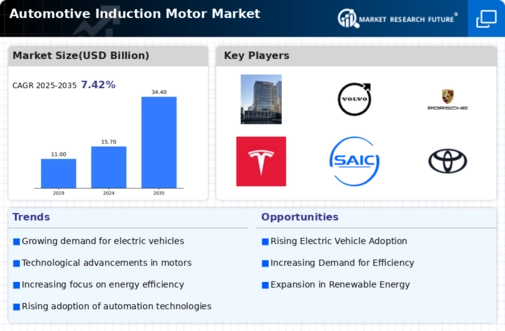

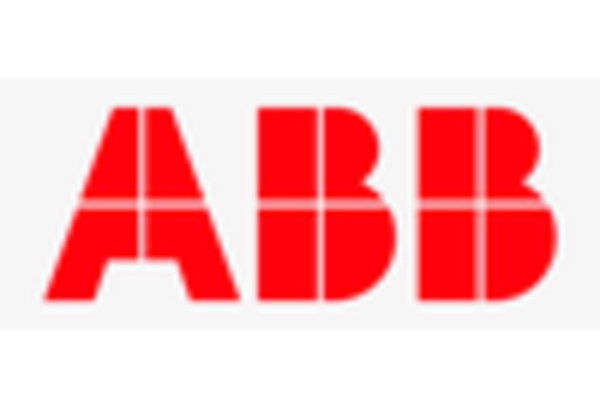
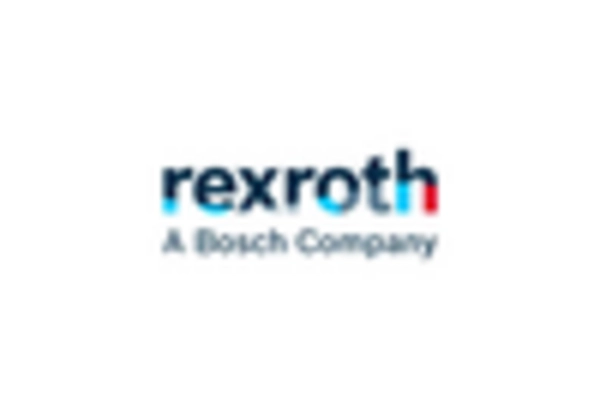

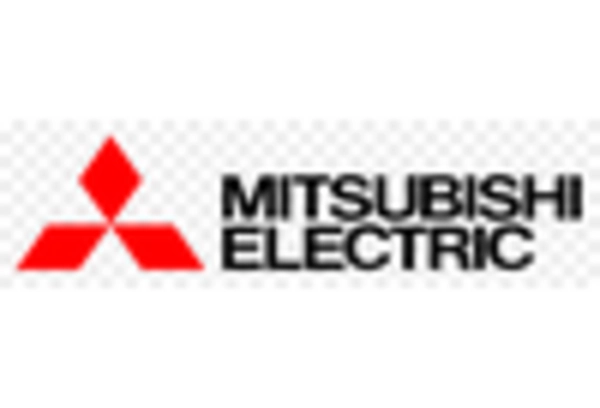
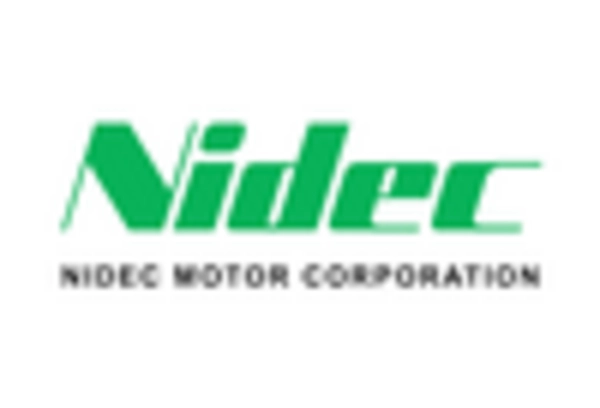









Leave a Comment